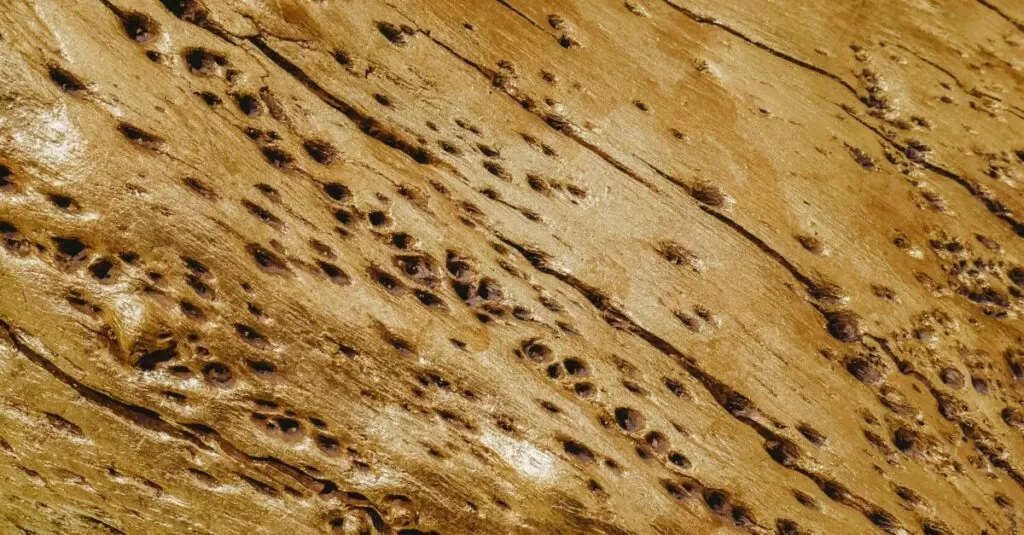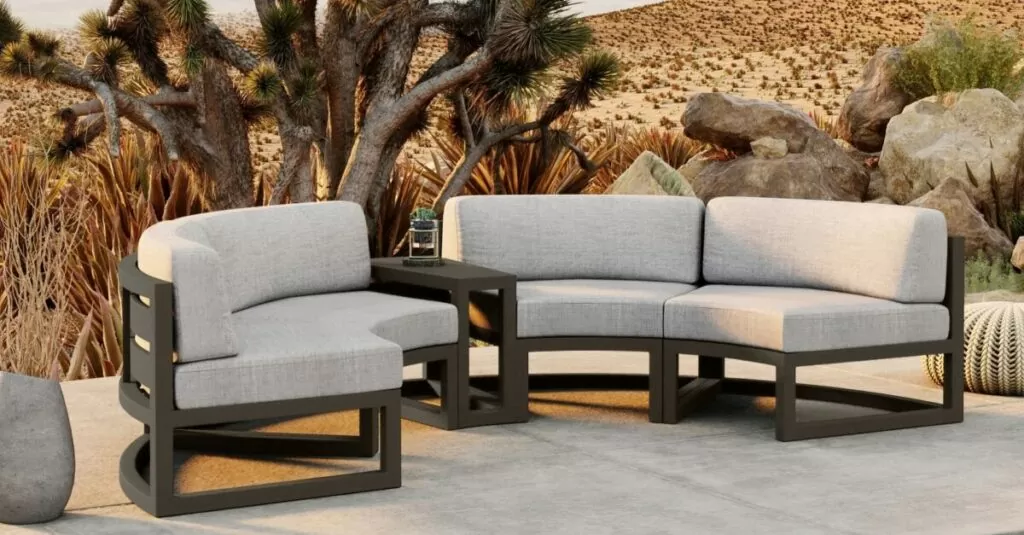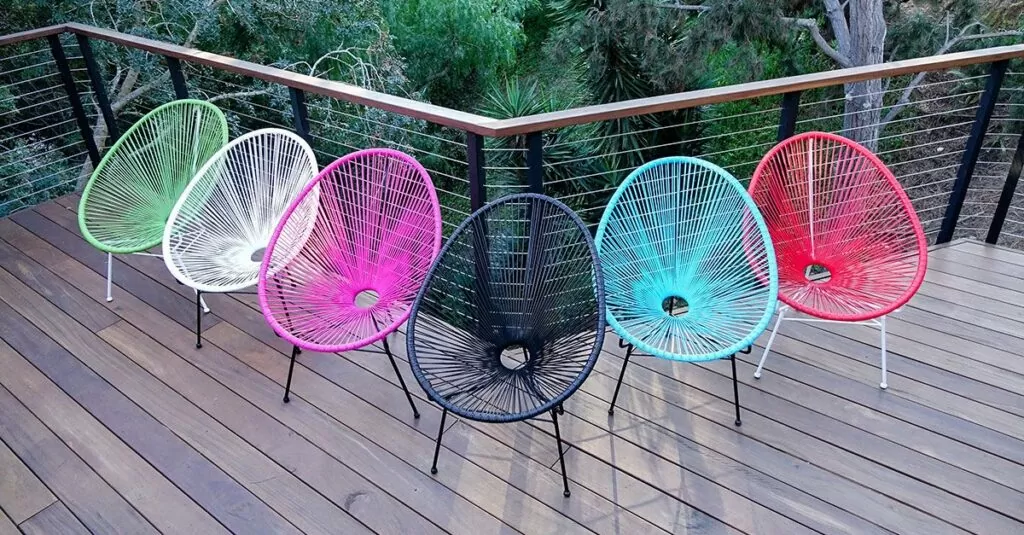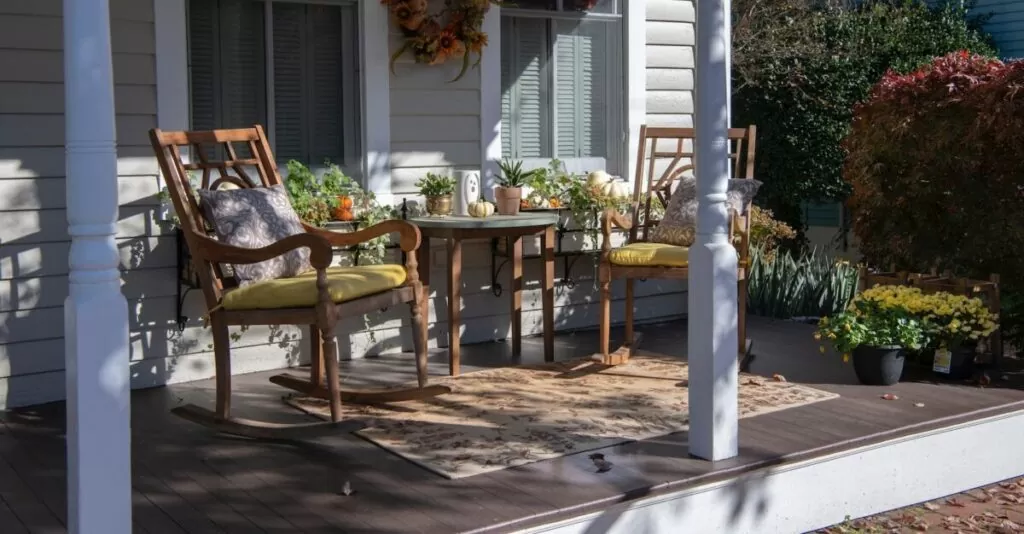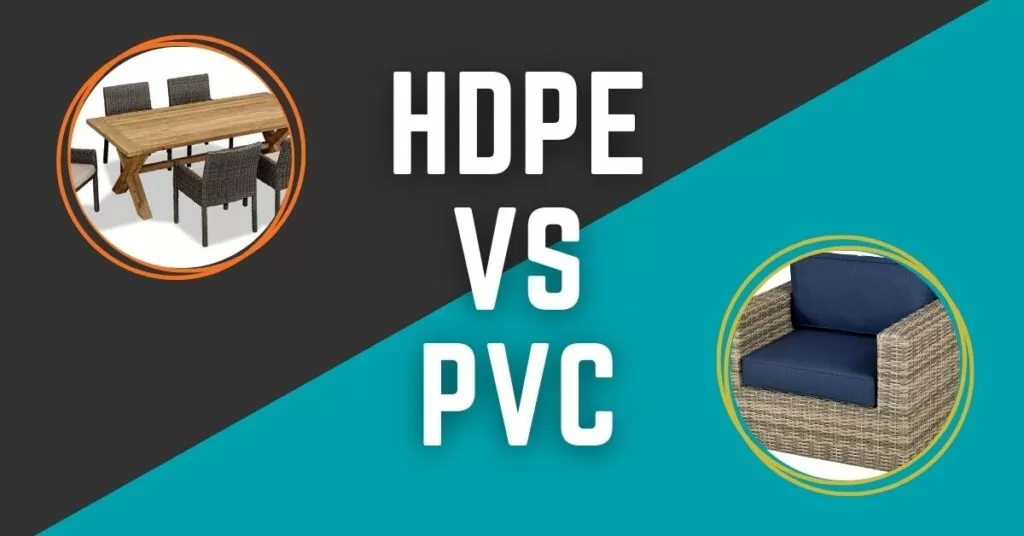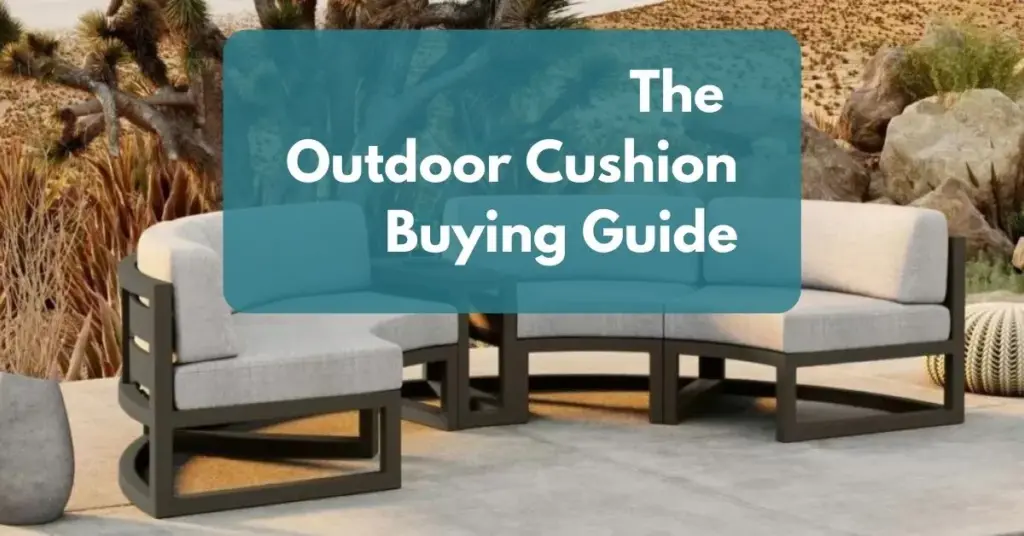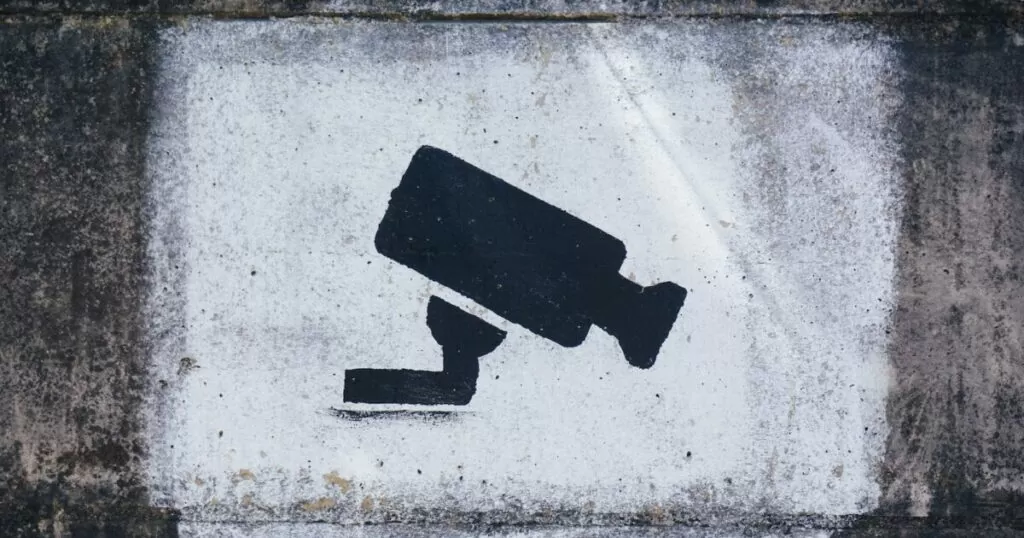Keep these little Nibblers from Ruining Your Home
Termites can be found in all 50 states except for Alaska. The National Pest Management Association has reported that termites cause an estimated $5 billion in damage to U.S. buildings each year! To get rid of these little critters, you must understand what they are and how they operate. Here is a comprehensive guide on what you can do When Termites Attack!
What are Termites?
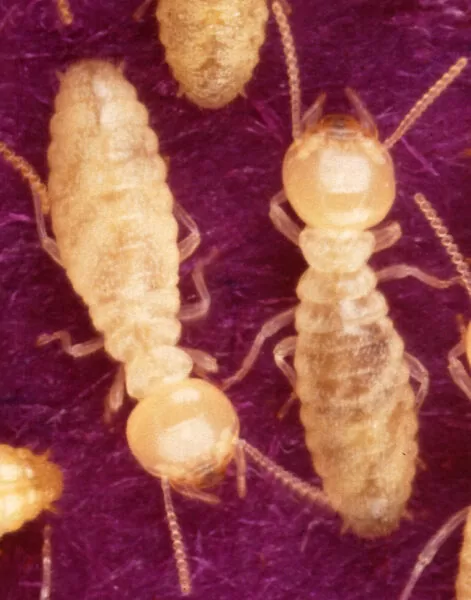
Termites are eusocial insects that live in de-centralized self-organizing colonies that can number anywhere from 10,000 to 1 million! They are the only insect that can single handedly destroy the foundation of your home. Yes, these little guys are a force to be reckoned with!
There are 3 main groups of termites.
• Subterranean – The most widespread type of termite. Along with Drywood termites, subterranean termites create the most damage to buildings.
• Drywood – Live above ground mostly in coastal areas like Florida, California, Louisiana, and Texas.
• Dampwood – Much larger than other species of termites. The dampwood termite usually does not have contact with the soil. Unlike subterranean termites, dampwood termites do not create tunnels. Their damage often appears to be clean and smooth on the inside.
Signs that You Have Termites
You can tell that you have termites by discovering swarming, shelter tubes, hollowed wood, dirt in wood, and wood dust around your home and patio. Swarming is the most visible indicator that a homeowner can identify. This activity usually happens in the spring-time when termites take flight from the colony in an effort to establish a new colony.
Shelter tubes are a common indicator of subterranean termites that require moisture to thrive. They build pencil thick tunnels of mud across the infested area. You can tell if this shelter tube is active by breaking one off and seeing if it’s rebuilt! Other indicators of decay include hollowed wood that has been eaten by termites. You can identify this by the hollowed sound that wood will make when you tap on it.
Water damage is often mistaken as a termite infestation and vice versa. The easiest way to differentiate the two is by noting whether there is dirt in the wood. Dirt is a sign of termites that introduce soil to the inside of wood structures.
What attracts them?
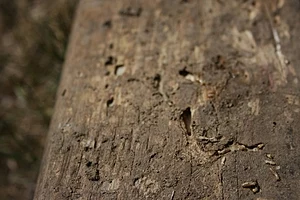
Water is the #1 attraction of termites, however, that pile of wood stacked on the side of your house is just asking for it. Termites consume wood so when you leave scraps of wood laying around in your yard you are inadvertently inviting them over for dinner! Try avoiding this if you enjoy living under a roof!
How to get rid of them!
It can be frightening to know that small insects are constantly eating away at your home’s foundation! It is true that termites are active 24/7 but rest assured, the average colony only eats a pound of wood every 5 years! While termites can cause serious damage to your house, you do have some time to get rid of them! Here are the 2 most common ways to do it:
Liquid
The Liquid treatment involves an exterminator injecting termiticide into the soil around the house to form a barrier that will prevent new termites from invading your home. Insects then carry the insecticide back with them into the colony and lucky for you, all of them will eventually die!
Technicians will drill holes into patio slabs and a few into your home to create a liquid-treated zone around your house. The liquid method is better than other options because it works fast and costs less but it will require more insecticide than other options.
Baiting
If you choose baiting, your pest control company will install flush plastic stations around your home’s perimeter every 15 feet using a piece of wood as bait. Next, they will wait and monitor termite activity. Once found, they will replace the bait with something that has insecticide in it. The end result; the termites share this chemical with the rest of the colony.
Baiting is advantageous because it uses an incredibly low amount of insecticide and it is non-obtrusive. The downside is that baiting either works poorly or the termites do not respond. This method will also require monitoring regularly for an extended period of time.
Organic: If you’re interested in avoiding harmful carcinogenic chemicals, you can try using Nematodes! Nematodes are a species of parasitic roundworms that will infest and kill termites! Their application is harder to predict and control but will ultimately prove to be the least harmful!

Prevention
• Don’t leave out extra scraps of wood around your house.
• Eliminate moisture, standing water, and leaks. Start by clearing out gutters and sealing leaky faucets, ac units, and garden hoses. This will help detour subterranean termites.
• Water away from your house and adjust sprinklers so that they do not spray your wood walls or patio directly!
• Choose the right wood – Termites don’t like Douglass fir, hemlock, spruce, redwood, cedar, or juniper. You can also be proactive by sealing wood that is exposed to moisture using weather sealer!
• Lay films of 6mm polyethylene in crawl spaces under foundations to form a moisture barrier between the soil and the subfloor framing.
About this Post
Cheryl Khan is an interior designer and freelancer who cringes at the thought of termites.

